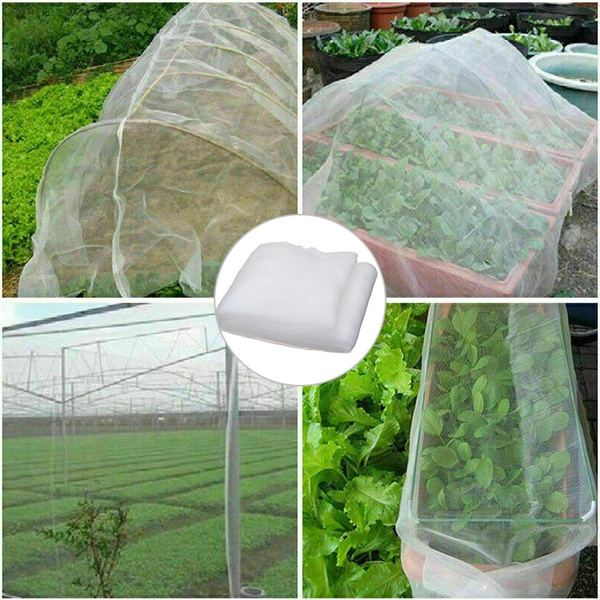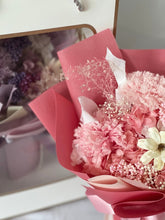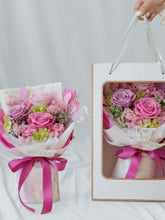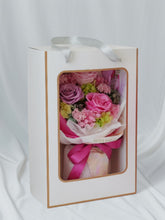Caring for your Lavender Plant



Known for its soothing fragrance and appearance, the Lavender (Lavandula) plant is a welcome addition to almost any home. You're probably not a stranger to its most popular use: the creation the Lavender essential oil. If you love the scent of Lavender coming from your plant, you can get Lavender essential oil and use it with an aromatherapy humidifier or a clay diffuser for a more pervasive fragrance throughout your home. You can also check out other diffuser options here.
The Lavender plant you buy or receive may not be like what you see in pictures - the purple that you often associate with the Lavender is the colour of its flower, which takes some time to bloom. To make sure your Lavender actually blooms (and blooms regularly), you'll have to encourage it with the right conditions and environment. In this post we're determined to help your Lavender bloom and flourish!

Sunlight
Sunlight is key to getting your Lavender to bloom! Give Lavender 6 or more hours of full sun. The morning sun would be best as afternoon sunlight might be too harsh, especially in countries with intense summers. If you're worried that the sunlight is too harsh, you can cast a netting over your Lavender plant. In areas with insufficient sunlight, your Lavender's leaves might flatten. This allows them to get more exposure to the sunlight.

Watering
Ensure your soil is well-drained. Water when the soil is dry, and drench the soil such that water freely flows from the drainage holes.
On hot days, the Lavender will droop to conserve water even if it's not thirsty. It is a natural strategy to remain hydrated. Check on it later when the day is cooler, and it may very well have perked up on its own!
Soil medium
Native to the Mediterranean region, it is unsurprising that Lavenders prefer a sandy, well-drained and alkaline potting mix. To increase their chances of survival in warm and humid climates, use a well-drained rocky mix made up of cactus mix and other gritty materials.
Fertiliser
Skip the fertiliser! In fact, Lavender plants like being in nutrient-poor soil. When over-fertilised, your Lavender plant may never flower or even die.
Temperature and weather
Lavenders die easily during the cloudy and wet season. Do your best to shield them from the rain!
Propagating
It is hard to grow a Lavender from seeds, which can take about 2 months to germinate. The easier way of propagating is by stem-cutting. Start by cutting the plant just below a node (a point where the leaves join the stem). Then, root stems in coarse gravel (you can try coarse aquarium gravel). When rooted, transfer to your Lavender's regular well-drained potting mix.
Troubleshooting
Dying randomly: Your soil's pH may be too acidic. You can add lime to the soil to bring up its pH to something more alkaline.
Wilting: Too much water. This could also cause fungal root rot.
Leaves yellowing despite plenty of water: Fungus on roots, or root rot. Roots will start to turn black and the entire plant will eventually die. If mildly affected, swiftly remove all wilting parts and treat with an organic fungicide. If severely affected, get rid of the entire plant. Do not reuse the same soil, or possibly the same pot before treating it. Disinfect all tools and containers that came into contact with infected plants.
Prepared to care for a Lavender? Get one here.
P.s. Lightly pruning your Lavender will encourage a bushier growth and flowering, and allow it a tidier shape. Go ahead and give it a trim!
 Singapore
Singapore
 Japan
Japan
 Australia
Australia
 Malaysia
Malaysia
 Indonesia
Indonesia
 EU
EU









